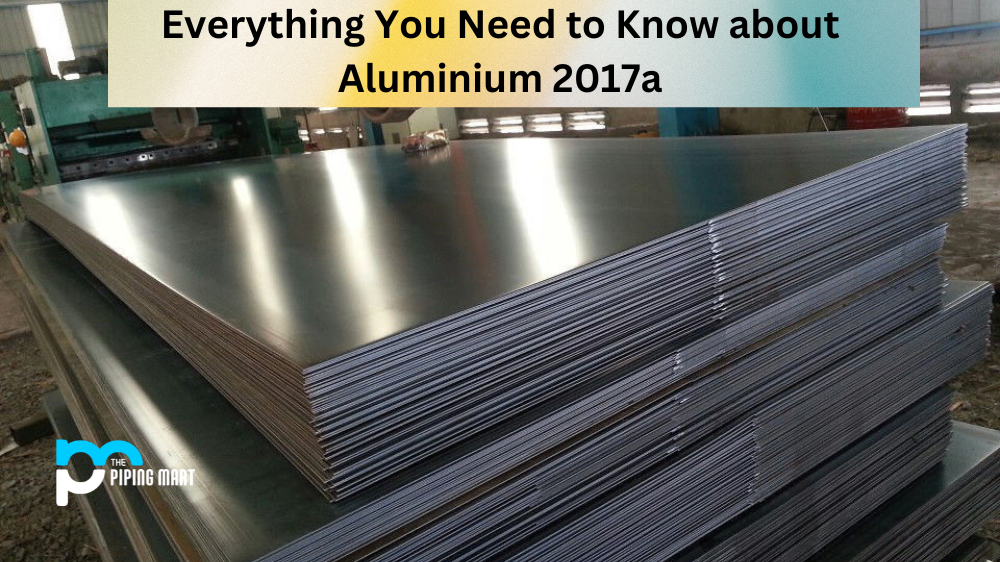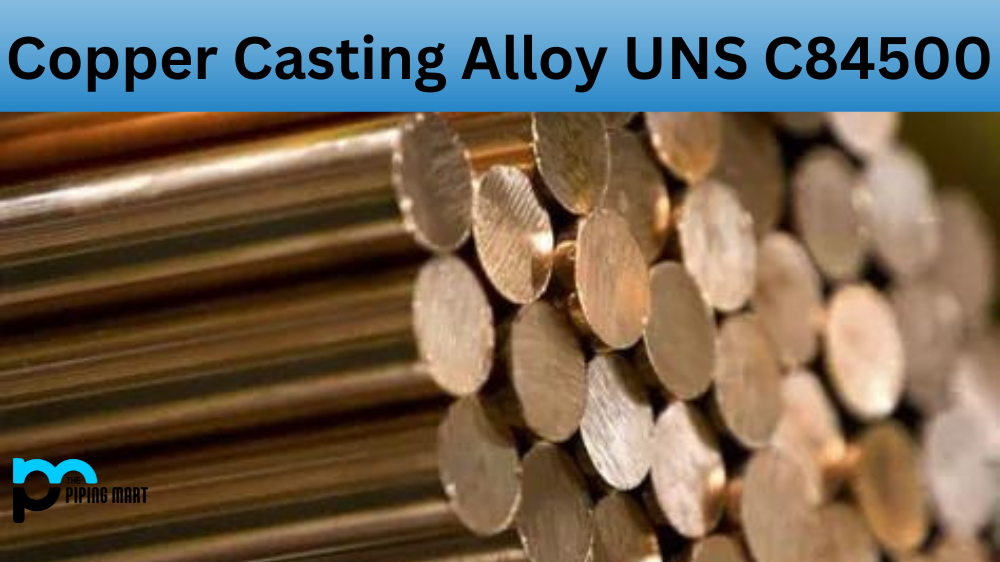AR500 steel plate is a solid and durable material used in various industries, including military, ballistic and hunting gear, manufacturing, and construction. Its ability to withstand high impact and abrasion makes it popular for people working in hazardous environments or those looking for long-lasting equipment. This blog post will discuss everything you need to know about AR500 steel, including its composition, mechanical and physical properties, heat treatment, machining and welding options, and corrosion resistance.
AR500 Steel Composition
AR500 steel plate is made of high-strength, low-alloy materials, including carbon, manganese, silicon, and small amounts of other elements. The steel is hardened through a process known as quenching and tempering, where the alloy is heated at high temperatures and then rapidly cooled in water or oil. This process creates a uniform steel structure resistant to deformation and wear.
| C (%) | Si (%) | Mn (%) | P (%) | S (%) | Cr (%) | Ni (%) | Mo (%) | B (%) |
| 0.30% | 0.70% | 1.60% | 0.020% | 0.010% | 1.50% | 1.50% | 0.60% | 0.005% |
AR500 Steel Mechanical Properties
AR500 steel plate boasts excellent mechanical properties such as high tensile strength and hardness. It has a minimum tensile strength of around 530 MPa and a Brinell hardness rating of 477-534 HB. The toughness of AR500 steel is also excellent, making it an ideal material for ballistic applications.
| YIELD | TENSILE UTS 20°C (68°F) | ELONGATION | CHARPY -40°C | HARDNESS BHN |
| 202 Ksi | 230 Ksi | 10% | 25ft/lbs | 490 -> 515 |
AR500 Steel Physical Properties
AR500 steel plate exhibits high density, with an average density of 7.85 g/cm3. It has a small percentage of elongation, which means it is resistant to deformation and can withstand high-impact forces. However, AR500 steel has a lower thermal conductivity than other steels, making it unsuitable for some high-temperature applications.
AR500 Steel Uses
AR500 steel plate is used in various applications that require excellent durability, wear resistance, and strength. Its properties make it ideal for manufacturing protective plates, targets, and body armour. Military and law enforcement agencies also use it for armour vehicles and structures. Additionally, construction companies use AR500 steel for crane parts and equipment that can withstand harsh conditions.
AR500 Steel Corrosion Resistance
AR500 steel is not resistant to corrosion and can rust if it comes into contact with moisture or other elements. Applying protective coatings such as spray paints or powder paints can help prevent decay, so taking good care of AR500 steel objects is essential.
AR500 Steel Heat Treatment
One of the primary benefits of AR500 steel is its ability to withstand high heat without losing its mechanical properties. However, excessive heat or sudden temperature changes can lead to a reduction in its strength. As such, checking and adhering to the manufacturer’s instructions regarding heat treatment processes is essential.
AR500 Steel Machining and Welding
AR500 steel is challenging to machine due to its hardness and strength. However, there are effective machining techniques, such as high-speed milling and turning with carbide tools. Welding AR500 is also possible, but it requires careful selection of the welding method, filler material, and heat input to avoid weakening the steel.
Conclusion
AR500 steel is a versatile and robust material that has found widespread use in many industries. Its excellent mechanical properties wear resistance, and strength make it an ideal material for high durability and protection applications. However, following the manufacturer’s guidelines and adequately caring for the steel to maintain its properties is essential. Whether you are in the military, construction, or hunting industry, AR500 steel is an option worth considering for your projects.
Meet Heer, a dynamic and driven writer learning tricks of her trade in the metal industry. With a background in Digital Marketing, Heer brings a unique perspective to her writing, sharing valuable insights. Apart from blogging she like reading and hiking.




